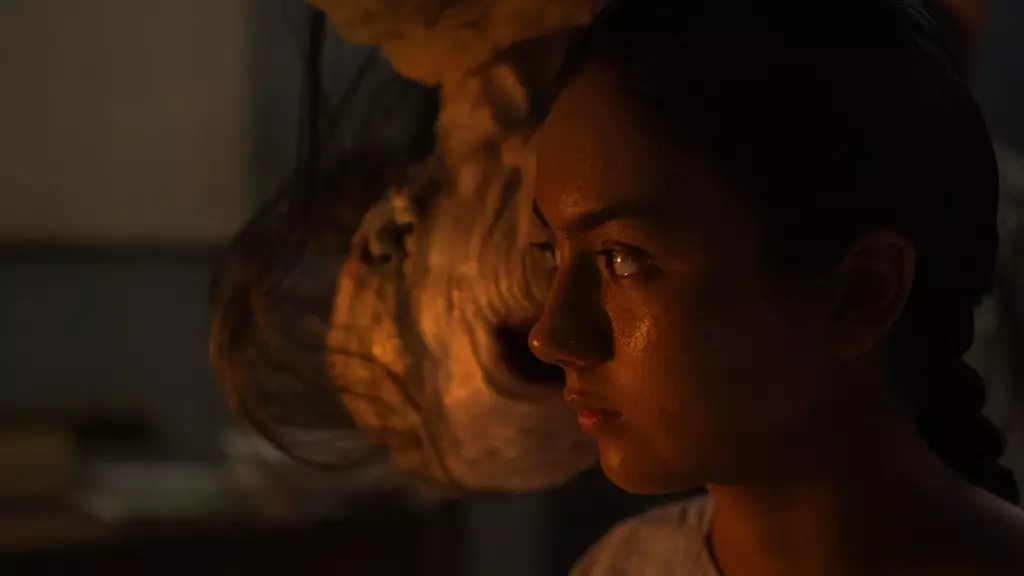In an age where storytelling transcends borders, the announcement of the Indonesian horror film “Pabrik Gula” (Sugar Mill) being acquired for North American release is a pivotal moment. Filmmakers and audiences alike have long desired a rich cultural exchange, but rarely has it materialized with such fervor and anticipation. With EST N8’s acquiring rights to this film, we stand on the precipice of an important shift in global cinematic narratives. The partnership reflects not only a commercial venture but also a deeper quest: the universal fear encapsulated within cultural folklore.
Awi Suryadi: A Trailblazer in Indonesian Cinema
At the helm of this dark tale is director Awi Suryadi, a name synonymous with success in the Indonesian film industry. Suryadi previously brought us “KKN di Desa Penari,” the highest-grossing film in Indonesia’s cinematic history. This impressive track record is no small feat and certainly heightens expectations for “Pabrik Gula.” The film’s premise—a group of seasonal workers beset by vengeful spirits—hints not only at horror but also at a deeper commentary on the socio-economic dynamics affecting Indonesian laborers. This nuance is essential, as it enables the film to transcend mere fright and explore the psychological trauma often experienced by marginalized communities.
The Cultural Significance of Horror
Horror is more than just a commercial genre; it’s a lens through which societal anxieties are examined. “Pabrik Gula” taps into Indonesia’s deep-rooted traditions and folklore, potentially offering American audiences a glimpse into a world less traveled. By intertwining supernatural elements with local beliefs, Suryadi enriches the narrative, ensuring that viewers are not just entertained but are also prompted to reflect on the darker aspects of human existence. This aspect of horror as cultural lens may resonate deeply, particularly in today’s climate of uncertainties in the realms of global politics and economic strife.
Star Power: A New Generation of Talent
With emerging actors like Arbani Yasiz, Erika Carlina, and Ersya Aurelia gracing the screen, “Pabrik Gula” signifies a shift in representation within Indonesian cinema. Their involvement brings freshness to the genre and bridges a connection with younger audiences. These performances are crucial; they embody characters who navigate treacherous terrains both literally and figuratively. North American viewers, who are often accustomed to established stars, will find it refreshing to engage with actors representing a new wave in Indonesian film.
Market Timing and Strategic Release
Set for a theatrical release in Indonesia coinciding with Eid al-Fitr, and a later rollout across North America—including IMAX screenings—this film is strategically positioned to harness peak audience engagement. The timing is essential, as horror enthusiasts often crave immersive experiences during significant cultural events. Moreover, the peak release dates in such a diverse cinematic calendar speak volumes about the film’s producers, who are keenly aware of not just the art but also the business aspects of cinema.
The Role of EST N8: Bridging Cultures
EST N8’s partnership with MD Pictures is emblematic of a growing trend in co-production and distribution that serves to weave together diverse cinematic narratives. Led by prominent figures like Jaeson Ma and Eric Tu, the partnership is not just a business model but a philosophy of embracing diverse storytelling. Their enthusiasm for introducing “Pabrik Gula” to a wider audience reaffirms the belief that horror, when rooted in cultural authenticity, can have a universal appeal. They assert that storytelling can resonate deeply, even across continents, making this film a remarkable case study in the globalization of cinema.
The Future of Horror and Cultural Exchange
In conclusion (though not yet concluded), “Pabrik Gula” is reflective of a broader movement within the film industry that seeks to embrace the richness of global storytelling while addressing shared human fears. The resonance of its folkloric themes will likely echo with diverse audiences, inviting them to reflect on both their cultural narratives and shared experiences. As horror continues to serve as a mirror for societal anxieties, Suryadi’s film could very well pave the path for future cross-cultural collaborations and the fearless exploration of what frightens us most—ultimately marking a new era in the horror genre. The excitement surrounding “Pabrik Gula” is simply a prologue to what promises to be an exhilarating chapter in international cinema.


Leave a Reply